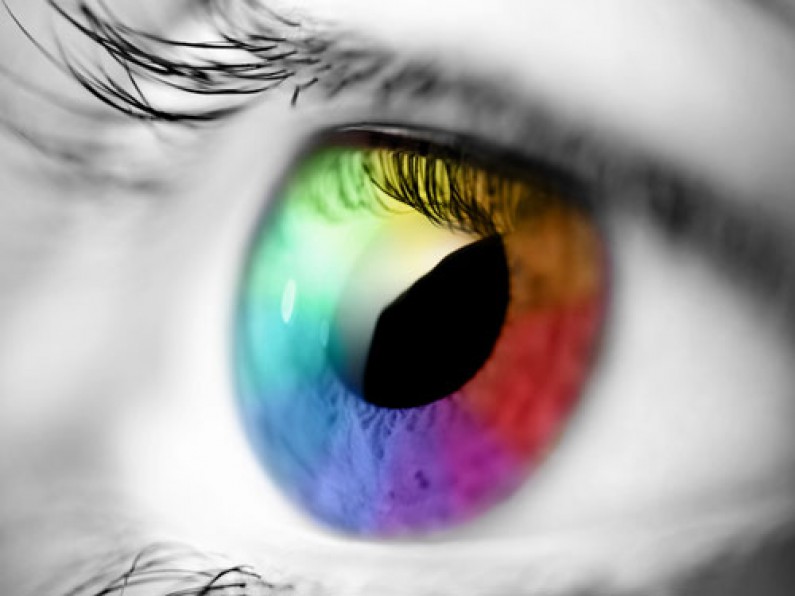You Just Push Print Don't You?

It's true, the easiest thing about digital printing is buying (if the bank likes you) the machine. Yes, the printers are automated, but they require quite a lot of user interaction to make the difference between a good print and a not so good print. Taking a closer look at the not so good prints, it comes down to a few important details which require additional skills, than just sending files to a machine. Here is a small snapshot of some baddies we avoid in the background.
Keeping the machine in good order is very important. We have strict policy about maintenance and care. We keep our machines in very good order to keep you away from these evil examples...
- Banding.
A venetian blind looking effect mostly due to blocked print nozzles. On a bad day they may even look more like a Zebra Crossing! This is not to be confused with faint bands sometimes visible due to nature of the digital print process. - Feed issues.
The machine steps the media the wrong distance, leaving bold stripes (dark or light) which you didn't create in you file. - Ink drops.
Unwanted spots of ink drop from the nozzles during the print process, usually caused by slack cleaning routines. - Mis-registered prints.
The cyan, magenta, yellow and black are supposed to line up.
It's not just about the machine, there are a host of issues we by-pass by using skilled operators utilising our years of experience with file handling. With recent advances from design software (just look back at what we used 5 years ago), there are a whole host of evil issues we avoid like...
- We can't read your file.
No way!!! There is a very high chance you won't hear that from us! - Wrong colour.
We work with your file from the design program through to the RIP ensuring correct management and replication of your colours. - Bad excuses.
You'll never hear the excuse, "we'll that's what your file was". If something's not right, we will ring you before it's printed wrong. - Transparency issues.
The devil side of pdf's. You'll see these as colour changes, missing elements and the classic 'shade lighter' block around an element with a soft drop shadow placed on a coloured background. We go in guns blazing to obliterate these nasties (although sometimes they win!). - Uneven calibration 1.
Quite a few environmental factors affect the amount of ink that is jetted out by the printer. To keep it in check we measure the quantity and re-balance the system to allow for the change. This is why our colour consistency is superior. - Uneven calibration 2.
Everything looks great except for the print. That's because what the printer is doing is completely different to what the software thinks it is. When we run our calibrations (called linearisations), we basically get the two in touch with each other so they work as a team.
Our daily aim is that you do not come face to face with any of these problems. With each job that Adgraphix produce, that simple print, as stunning as it is, took the collective skills of many operators be what it is. We all get tempted to buy from the cheapest shop down the road, but at the end of the day, taking all into consideration, nine times out of ten it's a case of 'you get what you pay for'. So keep in mind that it's as much about the process, as it is about the print product.
